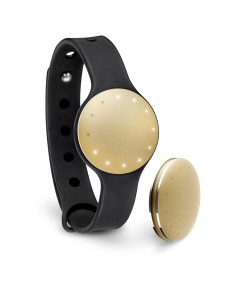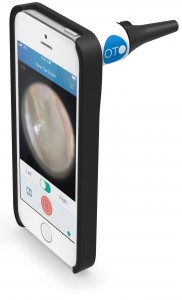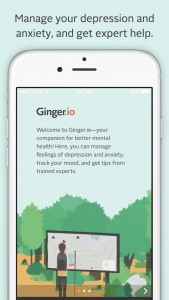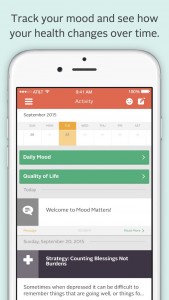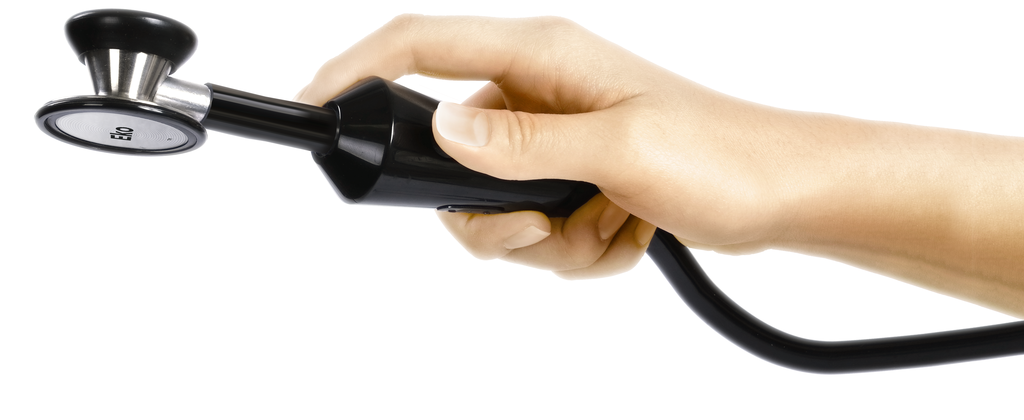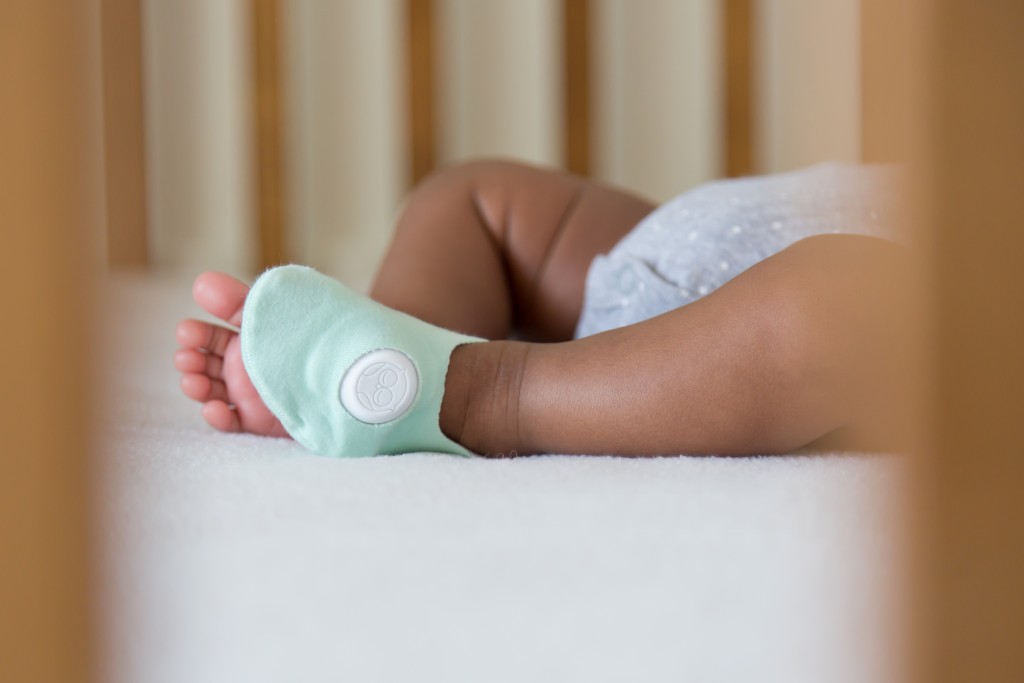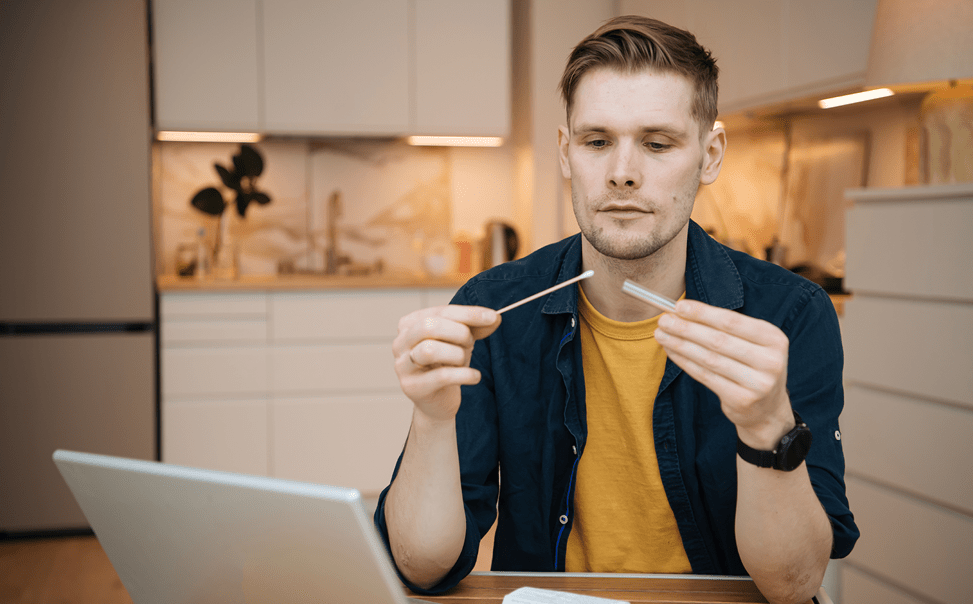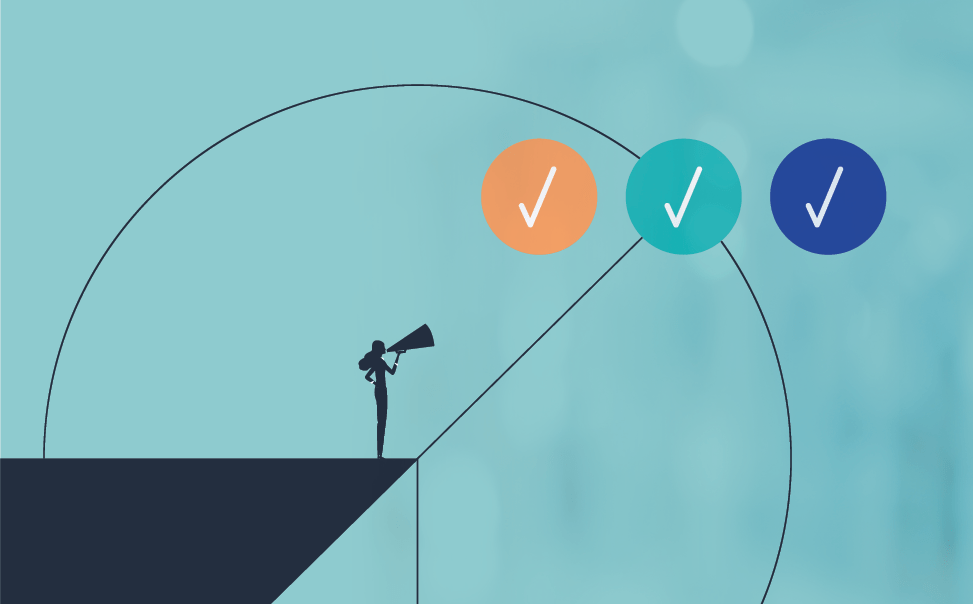The days of clunky monitoring machinery are long behind us at this point. Today, not only is it easier than ever to monitor your health at home, but today you can check your health on the go, too. Basic apps already have a great patient approval rating, with 9/10 patients reporting they would use an app if prescribed by a physician. When you combine smartphone convenience with modern medical technology, you get pocket-sized monitoring equipment that can help keep tabs on your patients in real time. And for physicians in a clinic, hospital or private practice, mobile devices and smartphone attachments are a great, inexpensive alternative to traditional monitoring equipment. Often easier to transport and more intuitive to use, mobile monitoring technology is making it easier to care for all your patients in a way that best suits them.
We did a review of the best monitoring technologies on the market right now. Regardless of your practice speciality or patient base, there’s something here you can implement in office or recommend for patients’ home use.
AliveCor ECG
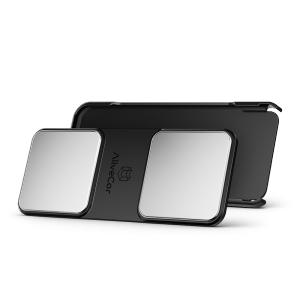 The AliveCor ECG is available as a phone case or an adhesive attachment (pictured here) which fits most mobile devices. Photo courtesy of AliveCor.
The AliveCor ECG is available as a phone case or an adhesive attachment (pictured here) which fits most mobile devices. Photo courtesy of AliveCor.
The AliveCor Mobile ECG allows users to attach the FDA-approved medical device to their smartphone for maximum portability and ease of use. The AliveCor phone case and adhesive device each feature two electrodes, which can be used in-hand or by resting the device on the hest. The device records an electrocardiogram and saves it to the app, where patients can then add notes or mark down daily symptoms and activities, or submit the recorded information to their own physician.
The AliveCor can be used to monitor a variety of health conditions, and there are a lot of options for what patients can do with their ECG results. As well as sending patients’ ECG results to their physicians for free, AliveCor also offers expert reviews of recordings for a low fee, which are sent from the app to a board-certified cardiologist or cardiac technician. This option is recommended for patients who are unfamiliar with reading ECGs, or who don’t have a primary care physician. A 2013 review from iMedicalApps recommends the device for patients with palpitations or arrhythmia, or post-procedural patients, and notes that the device will not detect early symptoms of a heart attack.
Shine
Created by Misfit, the Shine activity monitor tracks fitness and sleep with a modular design that allows maximum portability. The device can be worn as a watch, as a pendant, or tucked into a piece of workout clothing, and special collaborations with brands like Speedo increase the range of activities the device can accurately track. The Shine also monitors sleep movements and connects with other Misfit products, like a color-changing light bulb, that can be used to maximize healthful sleep. Shine’s unique shape and multiple ways of styling make it a great fit for first-time fitness monitor users.
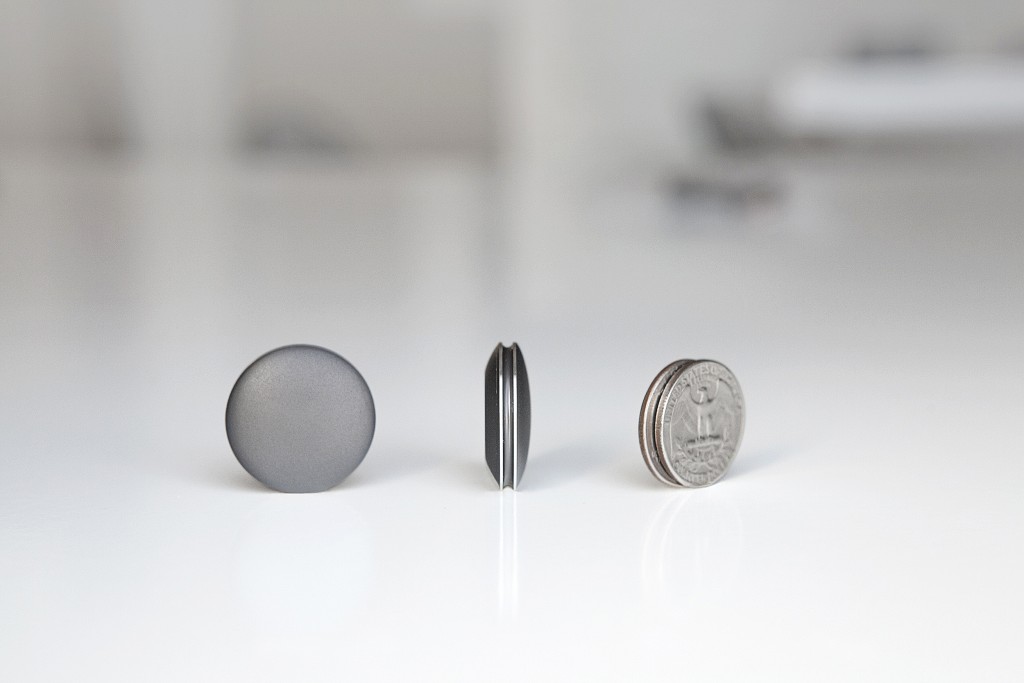 The Shine fitness and sleep tracker is just a little bigger than a quarter. Photo courtesy of Misfit.
The Shine fitness and sleep tracker is just a little bigger than a quarter. Photo courtesy of Misfit.
handyscope
FotoFinder’s handyscope is a mobile dermoscope that’s recommended for use in place of traditional handheld dermoscopes. According to FotoFinder, the handyscope was created with the iPhone user in mind, with an intuitive interface, easy share options and encrypted storage. Using the magnifier and light attachment, physicians can use the handyscope to examine and photograph skin abnormalities, saving the photos with notes for later reference, or sharing the images with specialists or patients immediately.
Reviews of the handyscope praise the image quality and ease of use for the device. The image quality is in part thanks to the device’s light source, 12 white LEDs which can be adjusted for different examination settings. One testimonial from the handyscope website, from , reads “When I saw handyscope by FotoFinder the first time, I thought ‘What a nice gadget’ and ‘I must have it.’ Soon, I was able to try it and recognized that handyscope was not only a gadget, but a really good digital dermatoscope.”
 The handyscope takes magnified photos of dermatological conditions. Image via Fotofinder. ©2015, FotoFinder Systems GmbH”.
The handyscope takes magnified photos of dermatological conditions. Image via Fotofinder. ©2015, FotoFinder Systems GmbH”.
The handyscope also has features that make integrating the device into an office workflow easier, according to the company website. Photos are automatically stamped with time and date, and when the user takes a photo, they can immediately add patient details or note localization within the app. The handyscope app is updated regularly to cooperate with iOS upgrades.
CellScope
CellScope’s portable iPhone otoscopes fall in the same vein as the handyscope. With HIPAA-compliant web storage, EMR integration and a snap-on phone case attachment, CellScope’s devices, the Oto HOME and Oto CLINIC, have been featured in the New York Times, Forbes and the Economist. In a review of the Oto CLINIC attachment, Dr. Eli Sprecher of iMedicalApps describes the packaging:
“The Oto clicks into the case or adapter over the iPhone’s rear camera and is compatible with standard Welch-Allyn specula (two adult and two child specula come in a nifty carrying case). There is also an adapter for a standard insufflator bulb (not included).” Sprecher goes on to say he was struck by the great design of the tool.
The otoscope allows for video, and has in-app instructions for users’ convenience. Certain features, like the “eardrum finder,” are useful for medical students who may not be as familiar with otoscopes, so the device can also be used as a teaching tool. For home use, the Oto HOME is a less expensive attachment specifically targeted at parents who want to check their children for ear infections without taking time off work or school for an in-office doctor’s visit, though it’s currently only available for home use in California. Readings from the Oto HOME can be sent to primary care providers for analysis through the Oto DIRECT platform. Since the device is formulated for in-office and at-home use, it’s a boon to physicians and families alike.
Ginger.io
Ginger.io is a different kind of monitoring service. This app doesn’t use an external device, but tracks phone activity to help mental health professionals respond to changes in patients’ behavior. By logging patients’ calls, device activity and self-reported behaviors, the Ginger.io program can detect patterns that indicate abnormalities in the routines of patients with depression, anxiety and behavioral health conditions. The app alerts the patient’s mental health practitioner when there’s an upset in data.
Ginger.io’s website addresses the importance of a sustained data stream in supporting patients’ mental health. One passage on the site reads, “Our continuous data collection approach detects symptom flares earlier and more precisely than regular clinic visits. If a patient is in distress for a few days once a month, we have a 5-10x better chance of reaching them when they need help.”
Along with its monitoring service, the Ginger.io app also has wellness exercises and activities for users to try, furthering their autonomy. One user of the app, George, provided this testimonial: “Great breathing suggestions especially with the recorded example you attached. Thanks for caring about the forgotten people like me who suffer from depression and anxiety. I didn’t choose this condition, it chose me.” The app is recommended for people with chronic mental health problems, and has also been used successfully to manage conditions like perinatal depression.
Eko Core
The Eko Core is another device to be used in-office, but it could be a game-changer for cardiac health. The device, which recently received FDA approval, is an upgrade to the traditional stethoscope. The Eko Core attaches to a stethoscope and records a patient’s heartbeat. The device then transmits the data to an iPhone app, where it can be sent to a cardiologist for review. The device is marketed strongly to physicians in rural areas, where managing chronic cardiac conditions can prove to be difficult, and has been optimized for integration into telemedicine workflows.
Since the Eko Core is new to the market, there aren’t many reviews available yet. However, the company has been getting plenty of press since it received FDA approval. Keep an eye on your favorite HIT websites, and you’ll surely see physician reviews of this buzzed-about tool in the near future.
iHealth BP5
Home blood pressure monitors have been a staple device for many families for years, but with the addition of smartphone connectivity, it’s easier than ever for patients to alert their doctors to changes in their health. The favorite mobile-linked monitor at iMedicalApps.com, the iHealth BP5 is a model that works with many lifestyles and gives reliable results. In about a minute, the iHealth BP5 can give users systolic, diastolic, and pulse readings, as well as short interpretations of the results. The device is FDA-approved and has HIPAA-compliant cloud storage for data.
The device is capable of offline use as well, syncing with the app when in range of the mobile device. Additionally, the cuff is adjustable and can fit many different patients–one big problem a lot of other mobile blood pressure monitors seem to miss, according to reviews. Patients can send readings to their primary care provider in-app, which is great for keeping tabs on blood pressure when traveling.
Airstrip Sense 4 Baby
With pregnancy comes doctors’ visits–lots of them. And high-risk pregnancies can put the mother’s life on pause if she is spending all her time at OB/GYN appointments. AirStrip’s Sense4Baby allows clinicians to monitor a pregnancy remotely, sending biometric data like fetal heart rate and uterine contractions to a secure web dashboard for physicians.
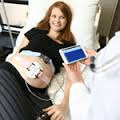 The Airstrip Sense4Baby allows physicians to monitor fetal health anytime, anywhere. Image ©AirStrip Technologies. All rights reserved.
The Airstrip Sense4Baby allows physicians to monitor fetal health anytime, anywhere. Image ©AirStrip Technologies. All rights reserved.
The device allows expectant mothers to perform non-stress tests in their homes, and along with preventing unnecessary office visits, also enables earlier detection for problems. By increasing patients’ ability to monitor their own health, the device makes for an easier pregnancy and an easier delivery. The device has FDA clearance and is currently being used in a research study at the University of Utah.
Owlet
This monitoring device is the logical follow-up to a fetal monitoring system, and is an updated version of audio/video technology that’s been used for years. Jane Putnam, a representative of Owlet, says that the Owlet Baby Monitor is the first of its kind among “smart monitors.”
“ aimed at giving parents peace of mind, by alerting them only if the baby stops breathing or heart rate drops or goes too high,” said Putnam. “The Owlet Baby Monitor does this with hospital technology—pulse oximetry—and makes it appropriate for the nursery setting. The information from the monitor is relayed to parents’ smartphones via a blue tooth-connected Base Station, allowing parents to check on their child from anywhere.” The monitor is contained within a sock, so it’s easily portable and fits most infants. The Owlet is not registered as a medical device with the FDA, but the company plans to develop a medical device for clinical use by mid-2016. Meanwhile, co-founder Jordan Monroe plans to see the Owlet in 50,000 homes by mid-2017.
Did we miss any mobile technology you’ve been using in your practice or in home care?
Let us know in the comments!


